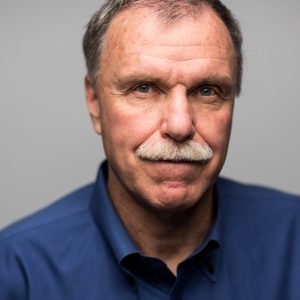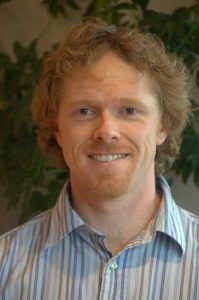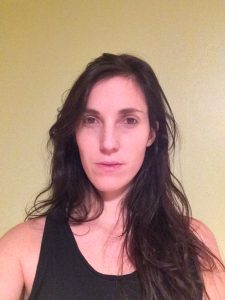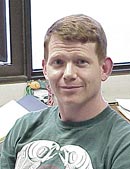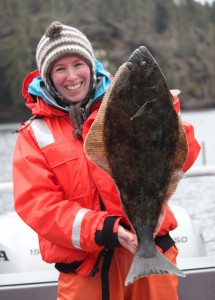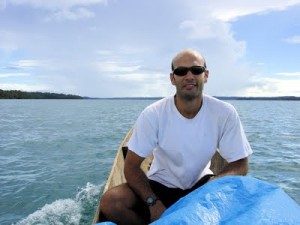Tag Archives: resource management
Salmon management and responses to water quality changes in Alaska [Wed. March 23]
This week’s Roundtable features two talks about salmon ecology and management in Alaska by Drs Milo Adkison and Anne Beaudreau, both of whom are members of the Gulf of Alaska Portfolio Effects working group.
Why is salmon management so hard?
Dr. Milo Adkison
Fairbanks, AK 99775
Long-term community responses to nutrient additions and water quality changes in Afognak Lake, Alaska
Dr. Anne Beaudreau
The Afognak Lake sockeye salmon run historically supported one of the largest subsistence fisheries in the Kodiak Archipelago, Alaska. Declining abundance during the 1980s led to a decade of lake fertilization (i.e., additions of phosphorus and nitrogen) and intermittent stocking. The central goal of this study was to characterize changes in prey and habitat quality for lake-rearing juvenile sockeye salmon in Afognak Lake since the late-1980s. We synthesized long-term data collected by the Alaska Department of Fish and Game to address two questions: (1) What environmental and ecological factors explain patterns of production for zooplankton and juvenile sockeye salmon in Afognak Lake? (2) Are patterns of production consistent with the expected community response to fertilization? We found that total phosphorous concentration was an important predictor of variation in density and size of dominant zooplankton species. Primary and secondary production showed a response to lake nutrient additions, but there was no discernable effect of fertilization on juvenile sockeye size and condition. Additionally, there was little support for the hypothesis that larger size at outmigration led to enhanced survival in the ocean. As a whole, our results suggest that nutrient additions are unlikely to result in increased population productivity of Afognak sockeye and that the ecological role of insects, which compose a large proportion of sockeye fry diets in Afognak Lake, deserves greater attention.
Juneau, AK 99801
A Network Approach to Assessing Social-Ecological Systems in the Cook Islands (Nov 10)
A social-ecological system approach emphasizes the connectivity that exists between natural and human systems. This coupling is evident at a local scale, with people accessing natural resources for food provisioning and economic gain, and ecosystems providing services such as storm protection and food security. At a larger scale, institutions, and regional and global ecological processes influence how systems function. I present findings from research in Colombia and the Solomon Islands where social networks, institutions, livelihoods, and local ecological knowledge were analyzed to determine the factors that influence an individual’s motivation to comply with marine resource management and to withstand large-scale ecological disturbances. Finally, I propose a network-based approach to quantify social-ecological system interaction and assess the drivers of resilience in the Cook Islands.
Dr. Jaime Matera
Anthropology Program
California State University Channel Islands

